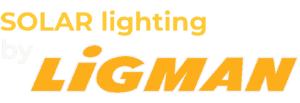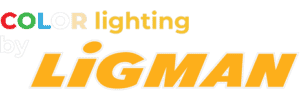Turtle Lights


The rapid adoption of electric lighting throughout the 20th century has not only brought cities to life at night, it has greatly impacted the circadian rhythms of both humans and the rest of the animal kingdom.
Astronomers first raised the alarm and established the International Dark Sky Association to combat light pollution. In accordance with the DarkSky Association Guidelines, LIGMAN has a range of DarkSky approved luminaires which meet their strict criteria for protection of the night environment.
Environmental agencies have also recognised specific cases where additional measures are required to protect vulnerable wildlife. One such example is coastal areas where migratory sea turtles visit and nest each year.
Turtle Friendly Lighting
The incorrect lighting at beach front developments can prevent sea turtles from nesting or baby turtles from safely reaching the ocean.


What is Turtle Safe Lighting?
As it is not practical to eliminate artificial lighting completely, the Florida Fish and Wildlife Conservation Commission (FWC) have developed a series of guidelines and recommendations to assist lighting designers and engineers, make informed decisions when specifying light fittings for impacted developments.

Turtle Friendly Exterior Lights

Turtle Safe Lighting
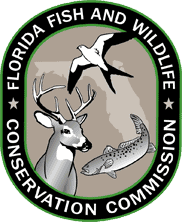
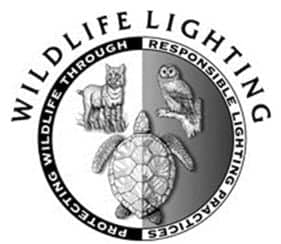
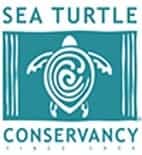
LIGMAN can however guarantee that their Turtle Friendly exterior lights have light sources that only produce light above the 560 nm wavelength.
As lighting designers and lighting engineers, it is therefore important to work in accordance with local lighting recommendations for standard compliance. As is the case with all lighting installations. But also in accordance with the FWC Sea Turtle Lighting Guidelines to ensure that lighting to coastal developments in protected areas does not detrimentally impact the local ecosystem.
If you would like to learn more about LIGMAN’s Turtle Friendly Lighting, you can read more about the FWC guidelines here and see the range of approved luminaires here.


FAQ
Turtle Friendly Lighting is lighting designed to minimise the impact of artificial lighting of coastal developments on sea turtle nesting and behaviour.
Florida Fish and Wildlife Conservation Commission
Yes, you can see the entire range of turtle friendly exterior lights here.
Turtle light fixtures only produce light above 560 nm in the wavelength of the visible spectrum
Turtle safe lighting has additional criteria specific to coastal developments and sea turtle migration – specifically low height, long wavelengths, shielded sources.
Are more of the coast line is developed, there are fewer undisturbed places for sea turtles to nest and migrate. Turtle safe lighting is one way to preserve these creatures and prevent their extinction.
Turtle Friendly exterior lights from LIGMAN have a designation in the catalogue indicating a turtle safe lighting version is available.
LIGMAN have a page dedicated to turtle friendly lighting and the FWC guidelines here.
Not necessarily. It is important to follow local guidelines and those set out my the FWC to ensure your installation is considered turtle safe. LIGMAN can however guarantee that their turtle friendly exterior lights only produce light above 560 nm (amber, orange, red).

